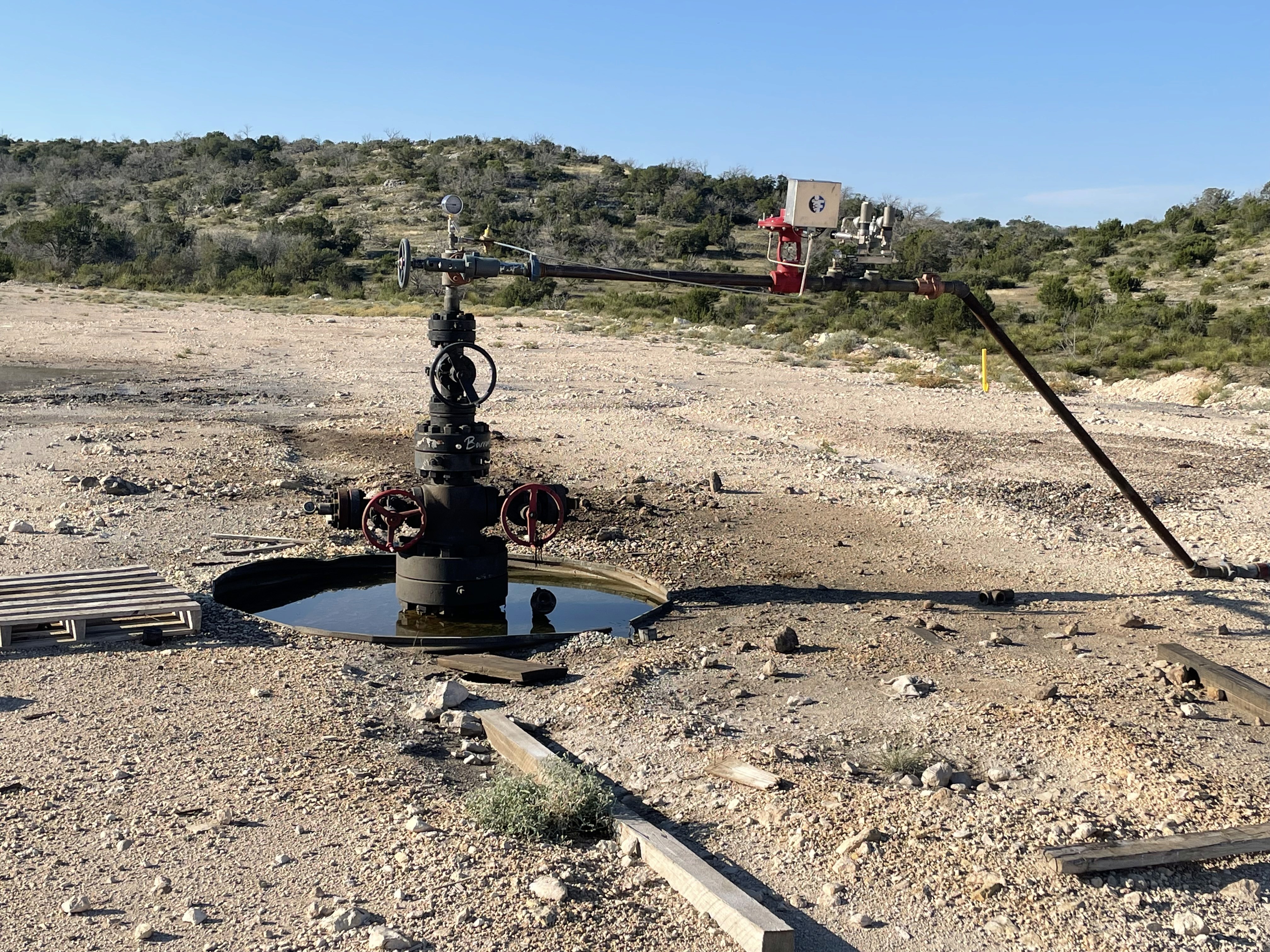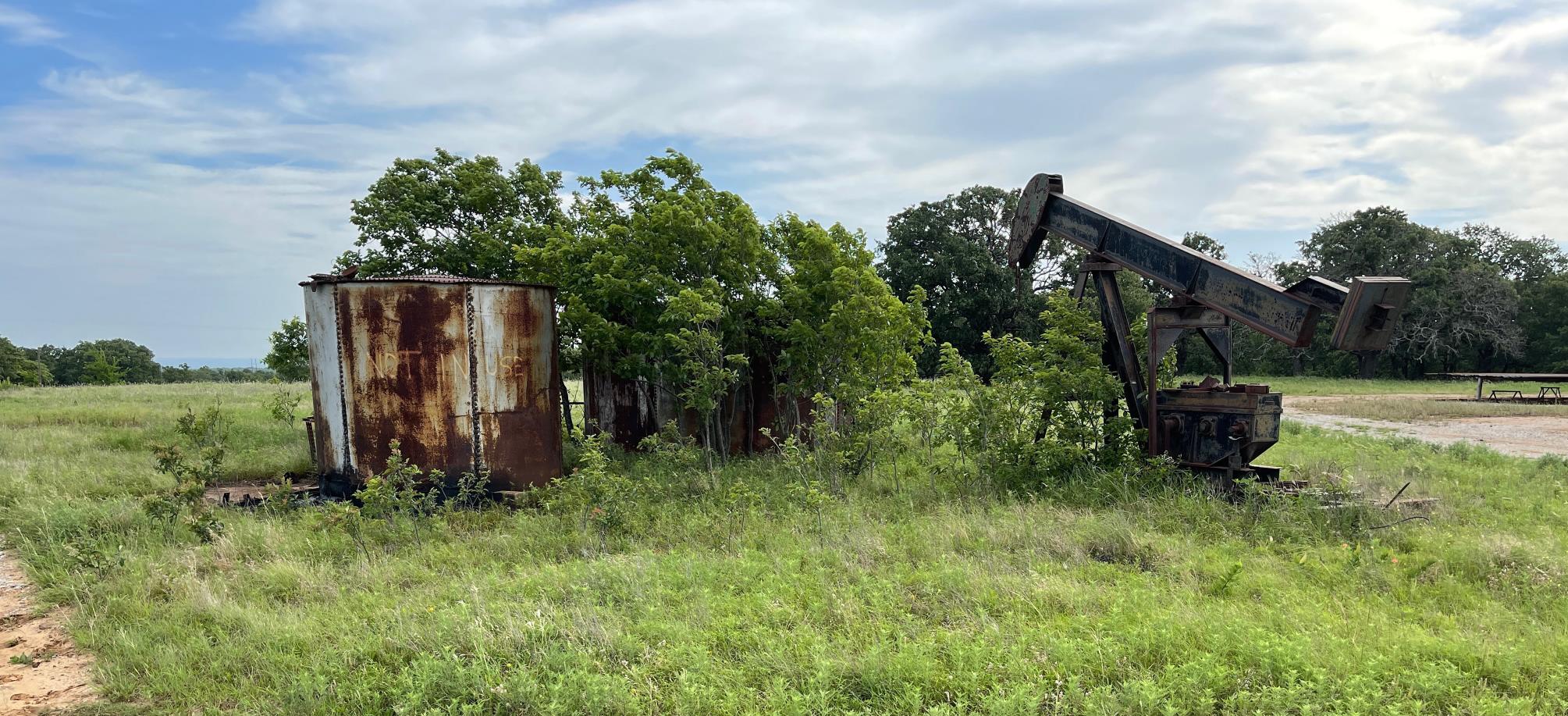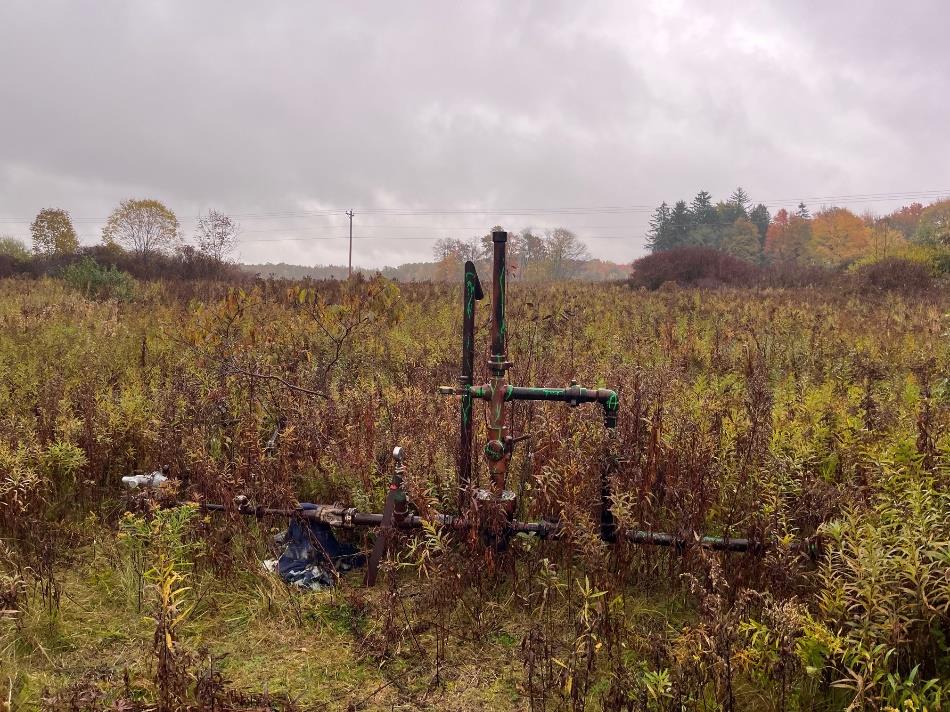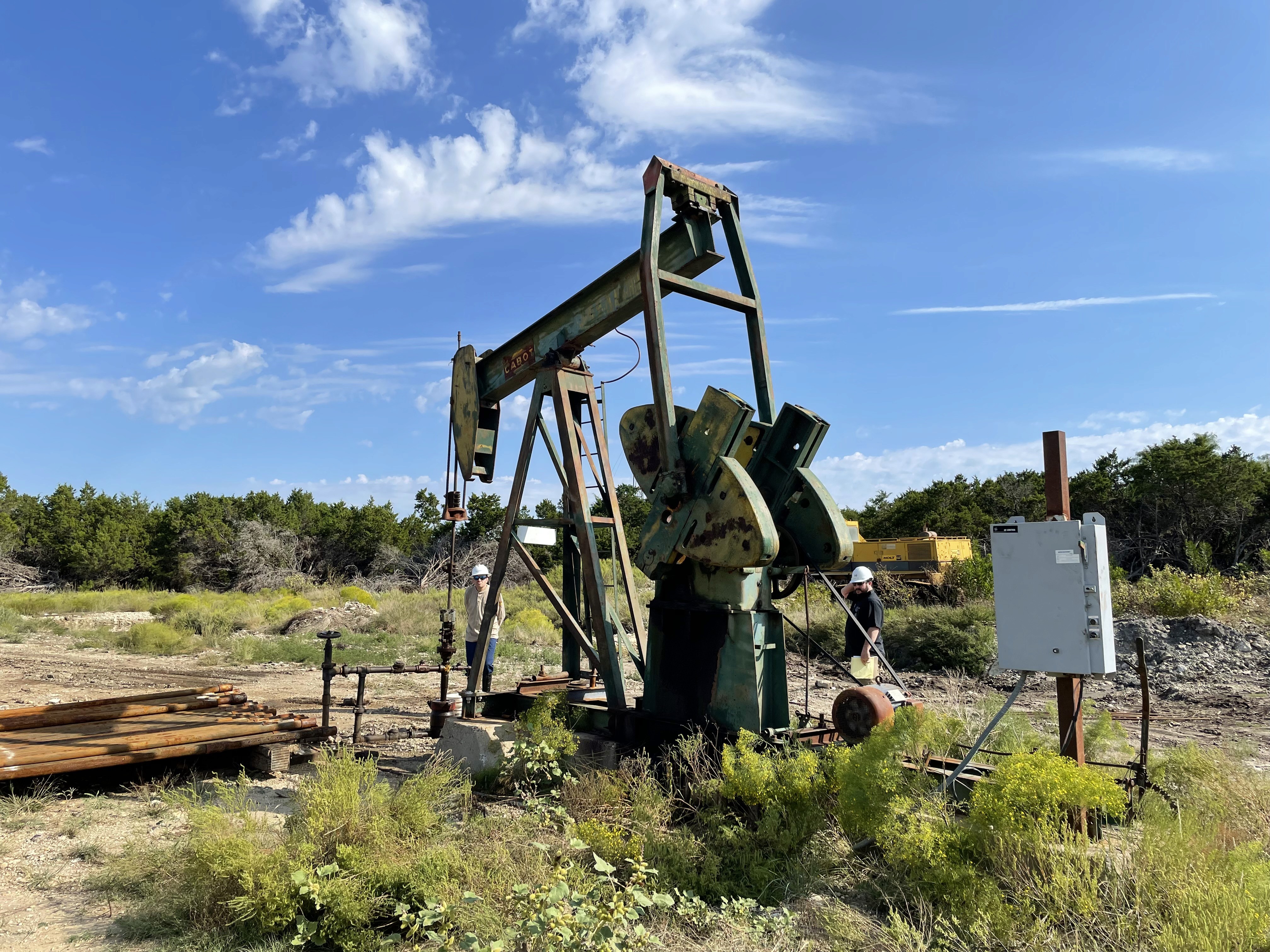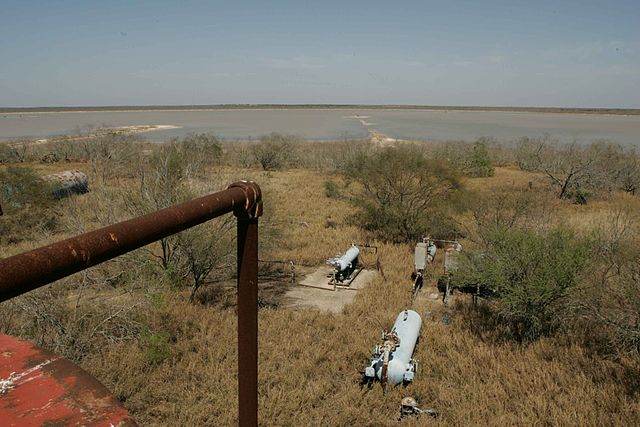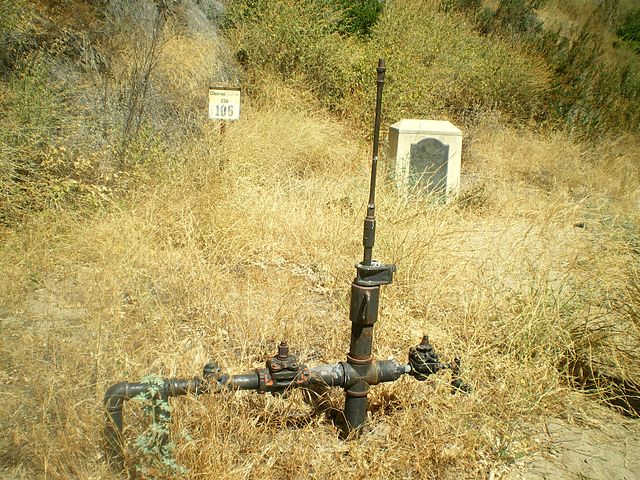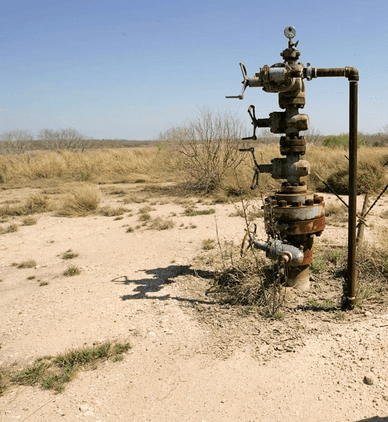Methane Capture and Reclamation
The BCarbon Methane Capture and Reclamation (MCR) Protocol issues carbon credits for plugging eligible wells using historical production decline curve analysis combined with a leak estimation model.
BCarbon Methane Capture and Reclamation
Version 1.1
November 2023
Step 1: Confirmation of well eligibility
Before plugging plan development can commence, the well(s) in a Developer's portfolio must be confirmed to be eligible. This means they meet the following criteria: (1) Presence of methane: Pre-plugging test confirms that well is leaking (methane concentration at the wellhead exceeds the 1,925 parts per billion (ppb) threshold, also known as the atmospheric concentration of methane); (2) Geographic scope: Located onshore/on-land in the US or Canada; (3) Legal status: (a) Registered with the appropriate regulator as oil or natural gas producing wells, and (b) Compliant with all regulations of the well’s state/province; and (4) Production status: Transitioned to a non-producing status, or has had no net production in past 3 months.
Step 2: Use well production data to perform Decline Curve Analysis
Using 42 months of available production history/data for each well near or at its end of life, Developers will perform a Decline Curve Analysis based on the methods originally developed by J.J. Arps. This process will produce an annual decline rate and a last production estimate to be used in the estimation of reserve volumes available to leak in the future. With this data, Developers will determine the potential reservoir volume that may leak over the 20 years following the date of well plugging.
Step 3: Use Decline Curve Analysis results to estimate the 20-year well leak volume using the Leak Rate Model
In the Leak Rate Model, a large and small leak are simulated for the well based on the 20-year volume derived in step 2. The leaked volume under each of these scenarios are then combined via a weighted sum of their probabilities to calculate the credits associated with plugging the well.
Step 4: Plug well(s) and remediate site in accordance with local regulator's requirements
Developers are required to uphold all regulations and rules that apply to the well(s) in their portfolio in the plugging and reclamation process. In the absence of plugging requirements set by local and state authorities, guidance from the American Petroleum Institute (API) and the Alberta Energy Regulator (AER) will be followed for wells in the US and Canada, respectively. Where applicable, plugging, abandonment, and restoration must also meet contractual requirements within existing mineral leases should those requirements exceed regulatory minimums.
Step 5: Post-plugging test
To confirm that the well has been plugged and is no longer leaking, a post-plugging test is required prior to credits being issued, confirming that emissions have been reduced to at or below the 1,925 parts per billion threshold.
Step 6: Final credit accounting
After wells are plugged, emissions associated with the plugging process are deducted from the overall credit volume calculated in step 3. Project emissions can be determined in three ways: (1) Accounting on a well-by-well basis; (2) Setting a fixed emissions factor that is then multiplied by number of wells; or (3) Cancelling out project emissions due to a documented, provable lack of future emissions associated with site maintenance. After project emissions have been accounted for and all other relevant documentation has been received (i.e. proof that the well is designated as "plugged" or equivalent by local regulator), 80% of the associated credits will be issued.
Step 7: One year later: second post-plugging test
A second post plugging test affirms the continued integrity of the plug by documenting the absence of methane in excess of the atmospheric threshold of 1,925 parts per billion. Once complete, this triggers the release of the final 20% of credits associated with the well. If a leak is discovered at this phase, the remaining credits will be withheld until the issue is resolved.

